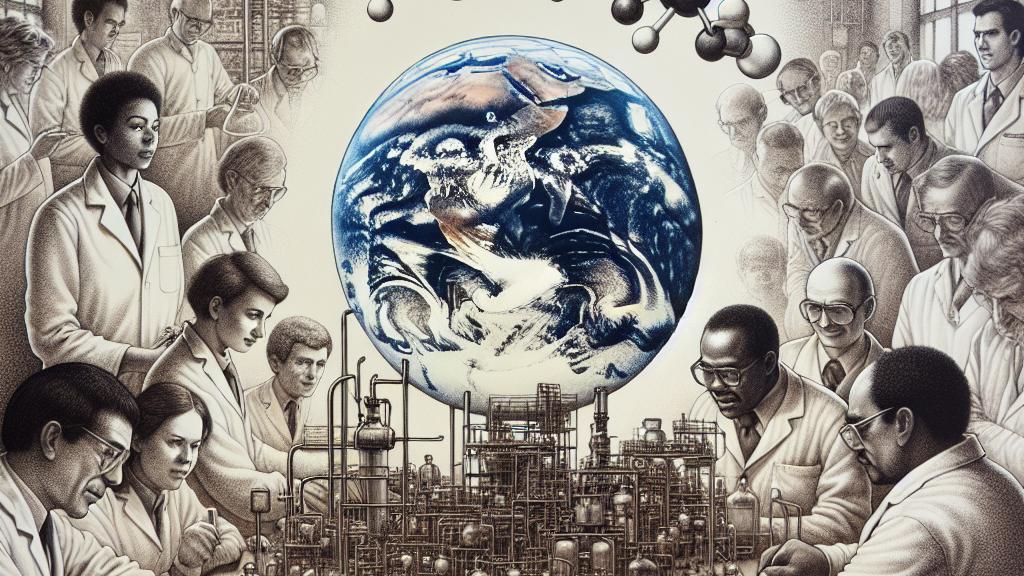Advancements in Inexpensive Catalysts for Methane Recycling
Overview
- An innovative low-cost catalyst effectively recycles methane emissions, revolutionizing environmental sustainability efforts.
- Developed by scientists at Brookhaven National Laboratory, this remarkable catalyst operates efficiently at room temperature, making it highly practical.
- This breakthrough is a game-changer in the global pursuit to significantly reduce greenhouse gas emissions and combat climate change.

Understanding the Global Methane Challenge
In the U.S., natural gas is a fundamental resource for heating, cooking, and electricity generation. However, this dependency comes with a heavy cost—methane, the primary component of natural gas, is a major greenhouse gas. Surprisingly, even though methane remains in the atmosphere for just a short period compared to carbon dioxide, its impact on global warming is over 25 times stronger in the short term. It’s essential to address methane emissions quickly. Addressing this, researchers worldwide are exploring innovative catalytic methods to transform this harmful gas into beneficial fuels or useful products. A remarkable collaboration at Brookhaven National Laboratory has led to the creation of a new, affordable catalyst that operates effectively at or near room temperature. This development not only highlights the importance of scientific research but also offers a practical solution for industries striving to lessen their environmental footprint.
The Cutting-Edge Catalyst: A Breakthrough in Technology
The heart of this advancement is a catalyst ingeniously designed with magnesium oxide nanoparticles layered with copper oxide and copper. Why is this noteworthy? Conventional catalysts often require extreme temperatures—above 500 K (around 440°F)—but this innovative catalyst functions effectively under milder conditions. For example, in well-regulated experiments, it has demonstrated the ability to efficiently convert methane into valuable fuels. This creates an exciting prospect for industries: imagine factories and power plants that no longer waste methane emissions but instead recycle them for energy! By utilizing readily available and inexpensive materials, this research not only paves the way for practical applications but also propels us toward a more sustainable future.
Real-Time Analysis: The Key to Understanding Performance
What truly distinguishes this study is the use of cutting-edge analytical techniques that provide real-time insights into the catalyst's performance. At the National Synchrotron Light Source II, researchers have employed a complex method known as ambient-pressure X-ray photoelectron spectroscopy. This allows scientists to observe the catalyst's surface reactions as they occur, revealing critical information about how varying concentrations of magnesium oxide influence its effectiveness. Such meticulous analysis enhances our understanding of catalytic behavior, which is crucial for optimizing methane conversion processes. Imagine the implications: with every new discovery, we bring ourselves closer to genuinely impactful climate solutions, enabling businesses to adopt sustainable practices confidently. This dynamic interplay between scientific exploration and real-world application exemplifies how innovation can reshape our strategies for mitigating methane emissions.

Loading...